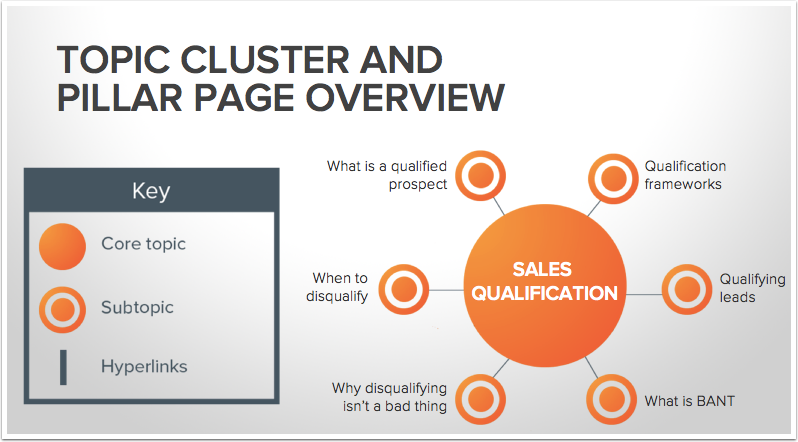Another New Year, another chance for business SEO resolutions. And another chance for Google to update or fine-tune its algorithms – leading most marketing professionals and business owners to ask, “What are the key SEO trends for 2019?”
Below you’ll find the top 7 SEO trends you need to act on now if you’ve not already. But like with gym memberships, there’s no magical ‘get slim with zero effort’ solution just around the corner. Our round-up involves tried-and-tested methods that are working now. Most of them aren’t rocket science – they just take a little bit of effort.
Luckily for you, like most gym goers not everyone has the willpower to go the distance. So if you’re serious about whipping your website into a sales-generating machine, read on for 7 SEO tips you can action today.
1/
Google’s AI robot RankBrain: you can’t cheat great content (or can you?)
Who could forget the headline that an AI robot taught itself to beat a world chess champion in just four hours?
Google has its very own SEO AI robot, RankBrain, which is constantly learning what content is actually worth reading and fine-tuning what web pages should shoot up Google. Making it much harder to cheat great content.
It’s now ranked no.3 of the signals Google uses to identify which search results should be displayed first.

RankBrain focuses on two things:
- The length of time someone spends on your page (Dwell Time)
- The percentage of people that click on your page if they see it on the search results (Click Through Rate)
But what if your blog is like one of those films with a tantalising trailer that you feel like walking out of five minutes into the film?

At Search Engine Expo, Google Engineer Paul Haahr’s controversially confirmed: if a page gets an above-average CTR then it DOES still get a permanent ranking boost.
2/
Video is the secret tool for non-lazy marketers
RankBrain’s Dwell Time factor leads us onto the next point.
43% of people want to see more videos and videos under 90 seconds see an average retention rate of 53%.
Vidyard infographic, via Hubspot
So if you can embed a video into your blog, it will more than likely improve your Dwell Time. But that’s not the end of it. YouTube is the second largest search engine behind Google. (Sorry, Bing!). And Cisco predicts that by 2021,video will make up 80% of all search traffic.
We’re already seeing the tides changing:
- Google is featuring videos in Google image searches
- Video ‘featured snippets’ can now be featured on Google search results

THE BEST PART? Video production may be rising BUT many aren’t optimising video for search. HubSpot’s quick video will tell you how to:
3/
Skyrocket your CTR with click-bait Don Draper would drink whiskey to
The psychological word-play tricks Mad Men used in the ‘60s still ring true today for Click-Through rates.
Brian Dean’s The Click Magnet Method shows you how to quickly generate clickbait titles and meta-descriptions in minutes – meaning your page is the one people click on (even if it’s down at number 5):
For those of you with more time to hone your CTR craft, we thoroughly recommend Backlinko’s infographic.

4/
Fight for Google’s featured snippets
In our busy lives, we want answers quickly. Google’s featured snippets draw out results that answer a search query without the need for further clicks.
70% of featured snippets are from sites not ranking at number one
Getstat study
They’re a quick-fire way to bump yourself up Google IF you’re already on page 1.

BUT: If the subject is snippet-bait friendly (see below), why not optimise future posts for when you do find your SEO effort catapults you into the top 10?
What search phrases are common Google snippets?
Getstat’s blog, The Best Words and Themes to Generate Google Snippets has the data (and well worth a read for further info):


The most common types of snippets
To have a chance of bagging a coveted featured snippet aim for 40 to 60 words for paragraph snippets, ensure ‘lists’ are H2 or H3 tagged and optimise coding for tables.

5/
Pillar pages (or authoritative content) with cluster content is here to stay
The way buyers search for information online has changed and Google has updated its algorithm to favour topic-based content that is easy to navigate.
What is a pillar page?
Pillar pages provide an in-depth, un-gated coverage of a core topic (usually a minimum of 2,000 words, but often 5,000 to 10,000). From there, your audience should be able to delve into “topic clusters” of content in even more depth (usually links to blogs or further downloads). There is still the opportunity to generate leads with a pillar page call to action such as, “Busy? Why not save a copy for later?” and links to other content assets. However, these come after your audience has realised it’s worth parting with their details, so conversions often increase.

BUT: If the subject is snippet-bait friendly (see below), why not optimise future posts for when you do find your SEO effort catapults you into the top 10?
What search phrases are common Google snippets?
Getstat’s blog, The Best Words and Themes to Generate Google Snippets has the data (and well worth a read for further info):
6/
Mobile-first responsive design is a must
Google is rolling out “mobile first indexing”, which means that the mobile version of your site is now seen as the real deal – even if somebody searches from a desktop.
Sites that fail to give a great mobile user experience will therefore suffer even more than before.
Here are some questions to ask yourself (and your web design team):
- Is any content hidden on mobile e.g. expandable info? If so, despite what Google may say, you’d better change it. This study found that “hidden content appears to be devalued in mobile-first index.”
- Do you have a mobile version of your site? If so, switch to responsive, pronto!
- Is your site REALLY mobile friendly? Just because a site is mobile responsive, it doesn’t mean it works well on mobiles. Ask friends or family for feedback if you can’t afford UX studies.
7/
Link-building isn’t going anywhere
Inbound links to your website tell Google that your page is trusted. That it’s worth reading.
We don’t see any evidence that Google’s confirmed top 3 ranking factors have changed from links and content, followed by Rankbrain.
However, you will need to ensure that any inbound links are not spammy. Link building takes a lot of time and dedication and requires tools such as AHRefs, Buzzsumo and SEMRush. As such, if you’re going to outsource any SEO activity, then this is one of those best left to the professionals.





